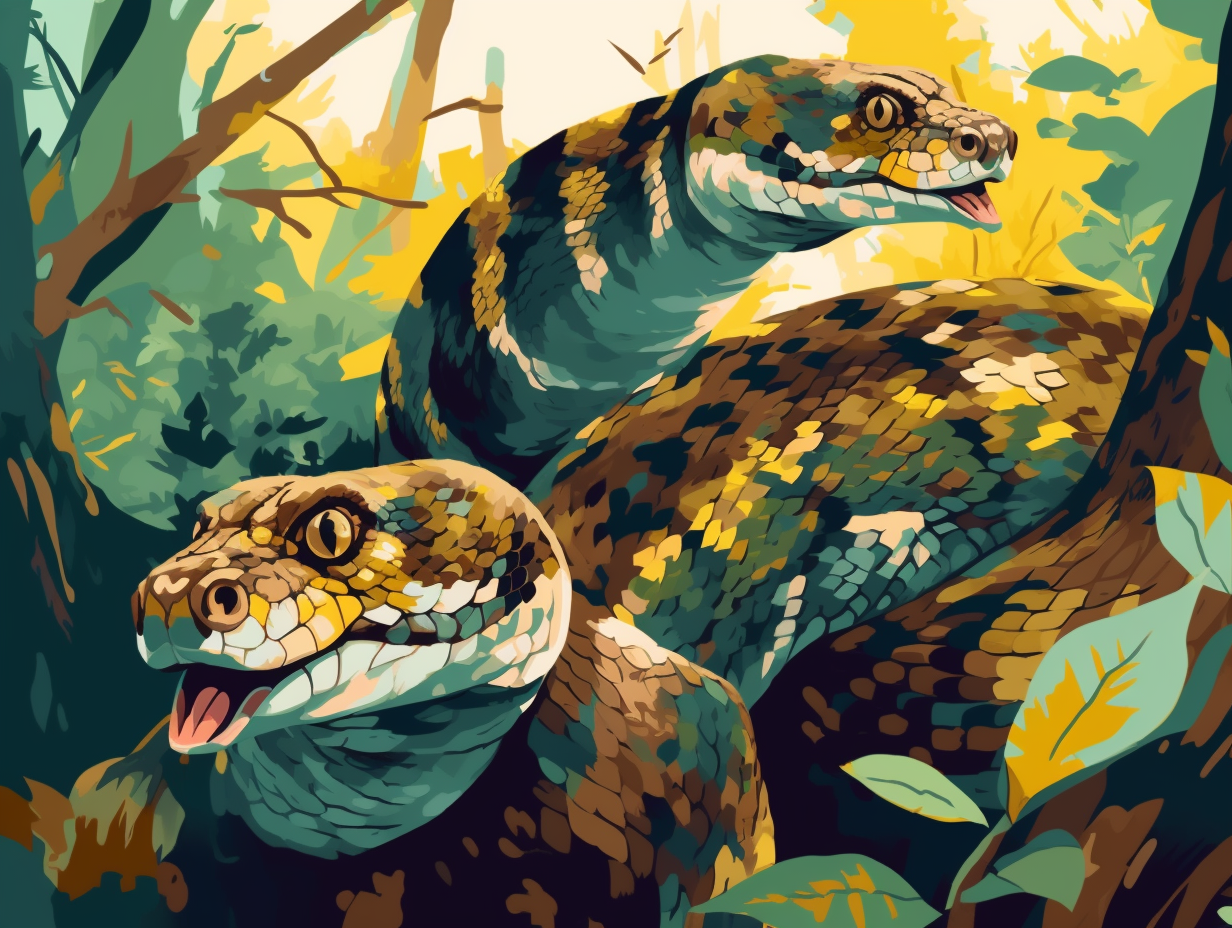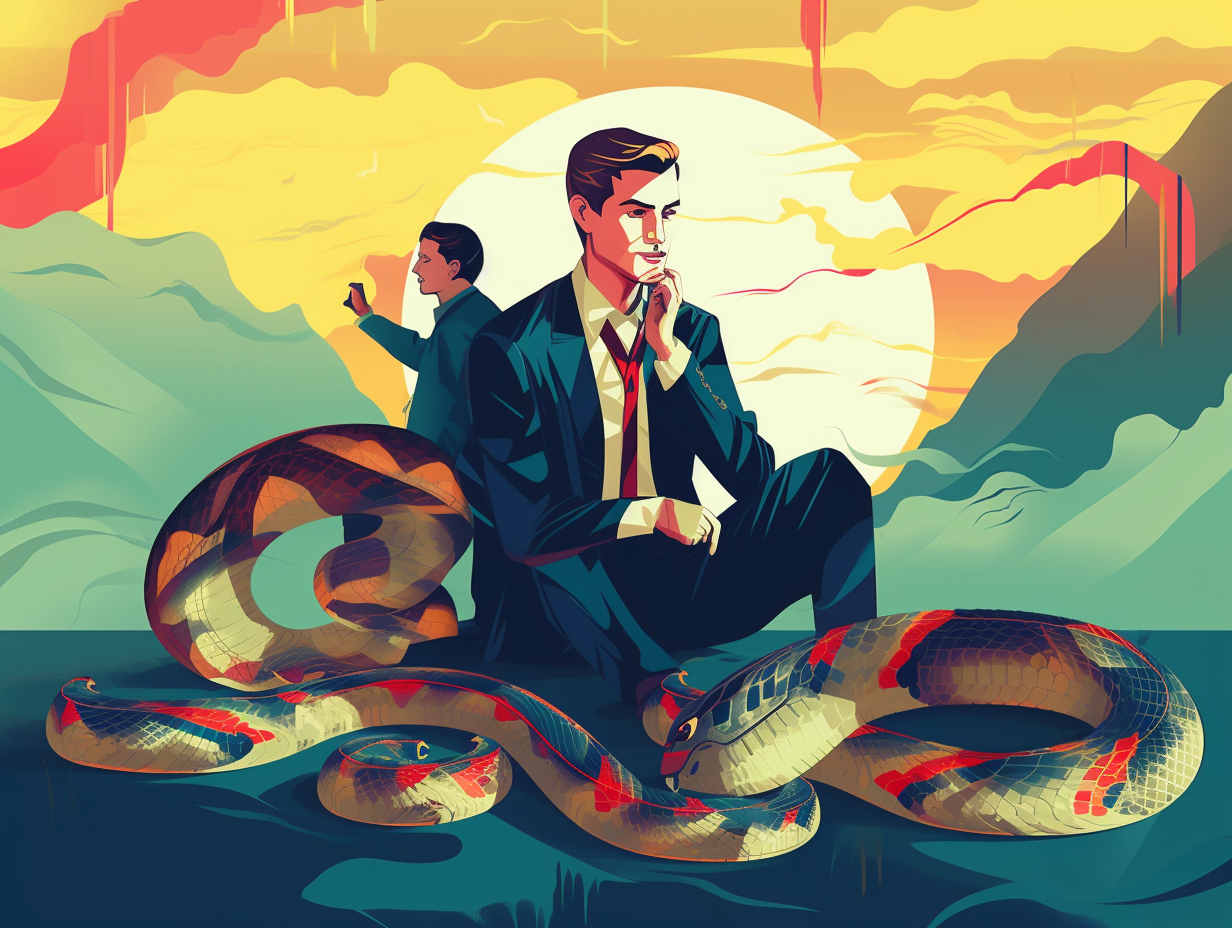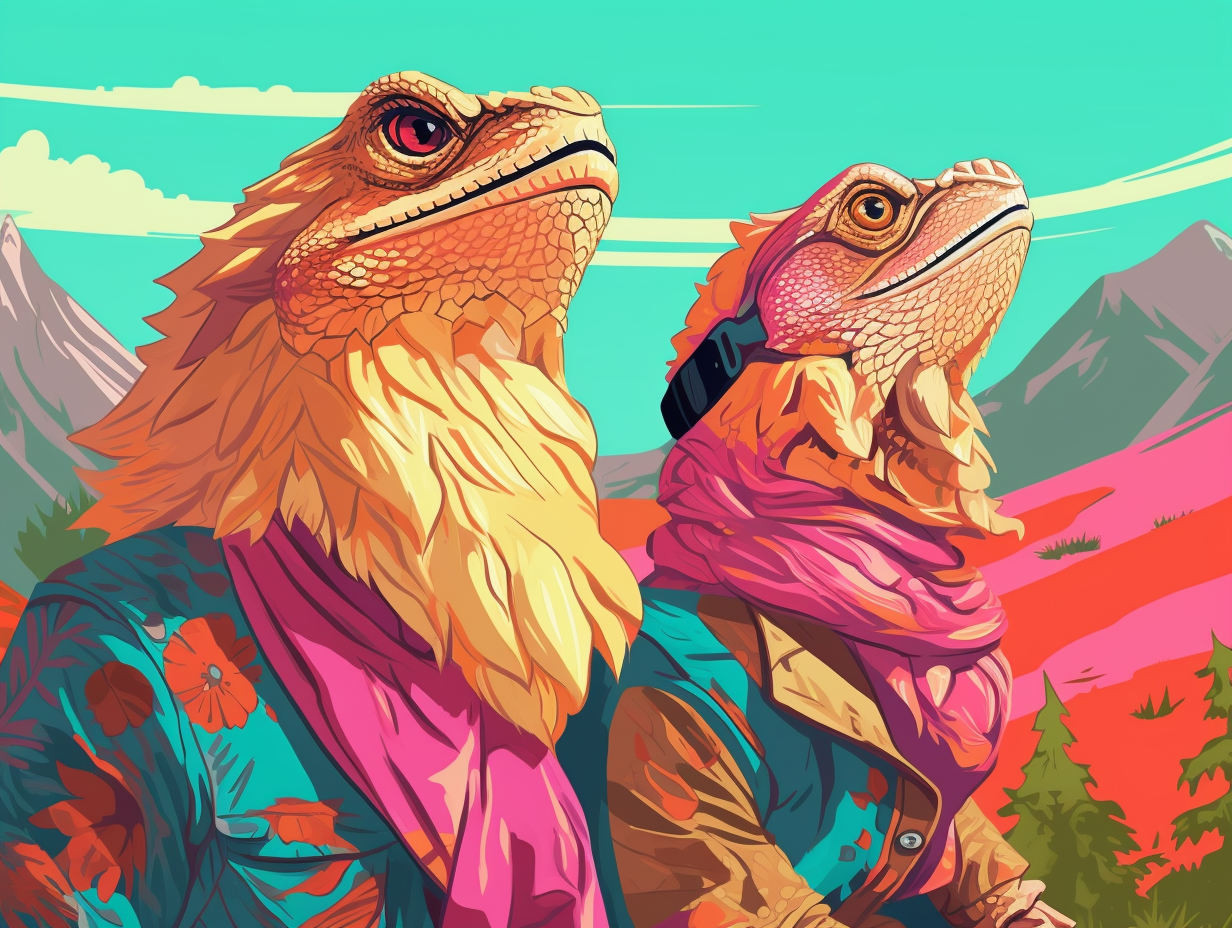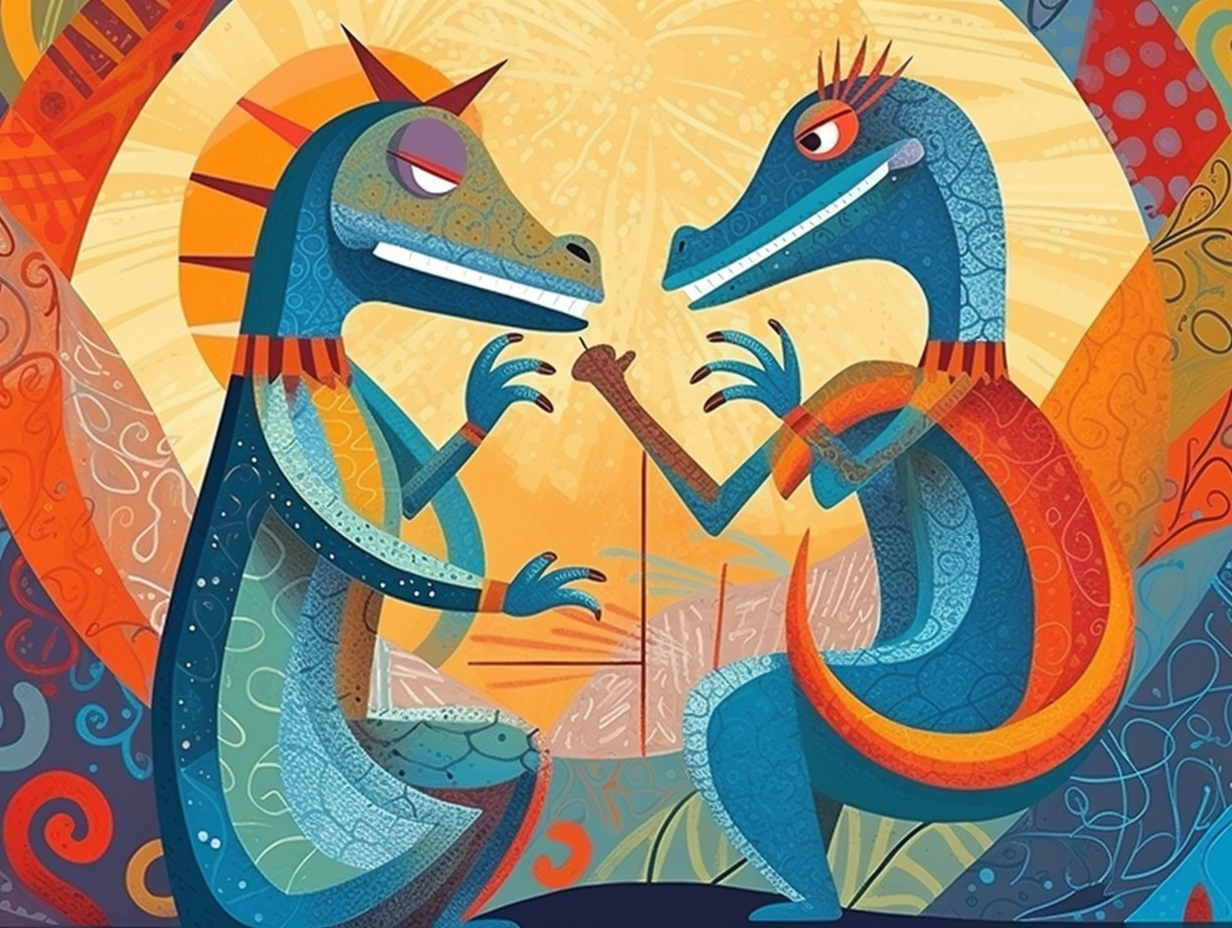Slithering Surprises: Top 5 Fun Facts About Timber Rattlesnakes You Never Knew

1. Snakes on a Love Train
Snakes on a Love Train: Choo-choo-choose me, said the randy timber rattlesnake as he followed the intoxicating fragrance of his desired partner on the pheromone expressway: Females leave a trail of irresistible scent, which determined male snakes pursue for days before managing to couple up, with some even engaging in duels to win the affection of their scaly sweethearts.
Source => adoptananimalkits.com
2. The Burrito Diet
Did you know timber rattlesnakes follow the "Burrito Diet"? Well, sort of: These slithery creatures only need 500-600 calories per year to survive, which is about half a large burrito, making humans look like gluttons in comparison, as we require a whopping 1,300 times more calories to stay alive!
Source => sciencedaily.com

Did you know rattlesnakes don't actually hibernate? They enter a power-saving mode to conserve energy, and some even sunbathe in winter if they're young or feeling sick! Discover more fascinating facts!
=> Fun Facts about Rattlesnakes
3. Nature's Maracas
Step aside, maracas, for nature's very own percussionist is here to steal the show: timber rattlesnakes defend themselves by shaking their tail's signature rattle, creating a loud, rapid sound to warn off potential predators.
Source => nationalzoo.si.edu
4. Responsible Parenting, Snake Style
Timber rattlesnakes could probably teach us a thing or two about population control and the joys of semi-responsible parenting: Females give birth to 4-14 younglings every three to five years, who come encased in a transparent membrane and already armed with venomous fangs and rattles, and after a week under mom's watchful eye, they're off to conquer the world - or just find a cozy spot under a log.
Source => dec.ny.gov

5. Stealthy Heat-Sensing Hunters
Move over, Marvel superheroes, timber rattlesnakes have got the perfect formula for hunting in stealth mode: These slithering sensations come equipped with heat-sensing pits between their nostrils and eyes, enabling them to detect their prey's body heat even in pitch darkness.
Source => floridamuseum.ufl.edu
Related Fun Facts




















